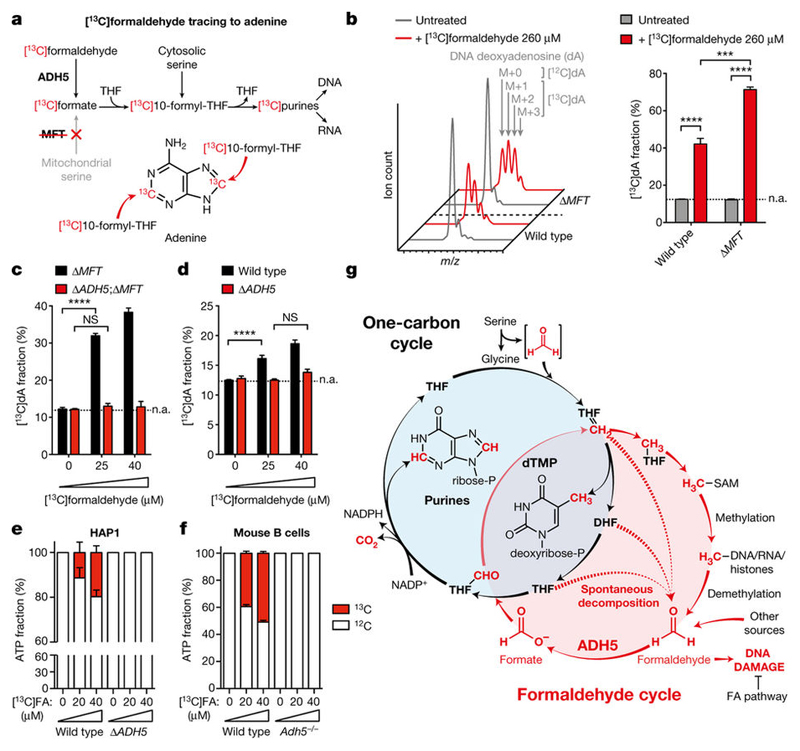Figure 5. Formaldehyde-derived 1C units contribute to nucleotide synthesis.
a, [13C]formaldehyde tracing to adenine. b, Left, mass spectra of dA in HAP1 cells untreated or treated with [13C]formaldehyde in medium with Gly and without HT. The incorporation of 1–3 13C atoms into dA increases the m/z by 1–3 units (M+ 1, M+ 2 or M+ 3, respectively). Right, quantitation of left panel. c, d, [13C]formaldehyde tracing to dA in 1C-cycle-deficient (c) or proficient (d) HAP1 cells. In panels b–d, [13C] formaldehyde was added in increasing amounts each day. Each indicated dose represents the total cumulative dose of [13C]formaldehyde. [13C]dA fractions were not corrected for natural abundance (n.a., dotted line). Data are from three experiments. e, f, Tracing of physiological doses of [13C] formaldehyde to ATP in HAP1 (e) and LPS-blasted B cells (f) cultured in medium without HT for 16 h. [13C]ATP fractions were corrected for natural abundance and are relative to ATP synthesized de novo during the tracing. Data in e are from three triplicate experiments. Data in f are from five mice per genotype, each tested in triplicate. All data represent mean ± s.e.m. Statistical significance was assessed using two-tailed Student’s t-tests. * * * P ≤ 0.001; * * * * P ≤ 0.0001; NS, not significant. g, Model for a mammalian endogenous formaldehyde cycle. THF= CH2, 5,10-methylene-THF; THF–CHO, 10-formyl-THF; THF–CH3, 5-methyl-THF; SAM, S-adenosylmethionine; FA, Fanconi anaemia.

